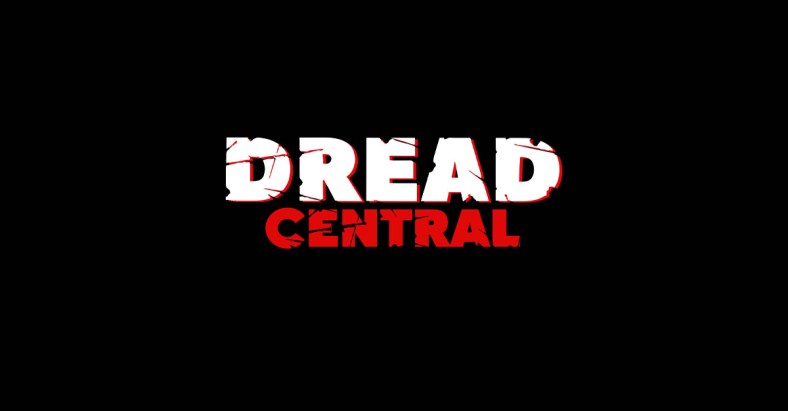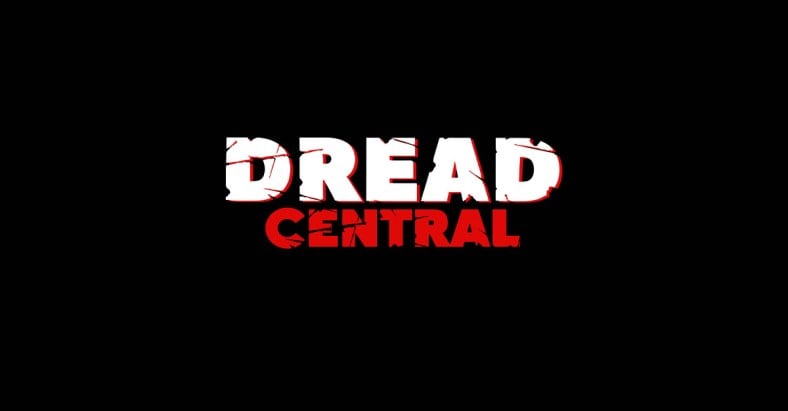Why Firestarter Suffers from a Lack of John Carpenter

Firestarter is Stephen King’s comic book movie, even on the page. It’s been said that The Dead Zone is something of a superhero origin story, but I think the tragedy of it is that it’s cut short before that can really be the case. It’s about someone with extrasensory powers making the decision to take the law into their own hands, yes, but it winds up taking a different direction by the time all is said and done. Carrie is about someone with a huge amount of power who is, at her core, a good person, but simply gets pushed to her breaking point.
But Firestarter is just Stephen King’s version of X-Men. This book embraces comic book tropes all the way through. We’ve got two people gifted with powers they did not ask for, being hunted down by a shadowy organization that wants to use them for its own nefarious means. It’s classic stuff. There was an understandable excitement at the time from fans of the book, imagining how the story would translate into the amazing, groundbreaking climate of early ‘80s science fiction films.
The adaptation we got, though it has its fans, was not by any means the surefire hit that people were expecting. It suffered on a couple of levels, from the budget down to, frankly, the direction. And therein lies the problem. Firestarter was supposed to be directed by John Carpenter, but he was fired from the project at the eleventh hour after The Thing turned out to be an enormous box office flop. The studio was so nervous after the reaction to that movie, that they didn’t want its director anywhere near this one.
Because of that, Firestarter looks and feels like something that’s trying to look and feel like a John Carpenter film, but just isn’t doing it. It’s honestly a fascinating way to explore exactly what Carpenter brings to the table as a filmmaker by exploring what happens when he is removed from the equation.

Everything about the concept and even much of the execution feels completely within Carpenter’s wheelhouse—ironically much more so than Christine, which was an unexpected adaptation from the director at the time. This could have been such a stylish thriller, mixing action and drama with classic sci-fi, hinging on Carpenter’s favorite theme of governmental organizations that can’t be trusted and are built on the abuse of their own power.
There’s no real reason on paper why Firestarter shouldn’t work. All the right elements are there. Drew Barrymore gave one of the best child acting debuts of all time in E.T. There’s some insanely impressive adult talent involved as well, including Martin Sheen and George C. Scott. So what went wrong?
Admittedly, there are some aspects of the pacing that really, really take a particular kind of director to be able to pull them off effectively. While Firestarter kicks off with a bang, diving head first into the story of a father and daughter on the run, they’re caught about halfway through. The second half of the movie is just Charlie being subjected to random experimentation by The Shop. At this point, it just slows to a crawl and never really recovers until the end.

But that still makes you wonder if Carpenter would have elevated that into something that was appropriately tense, or if it would have turned out to have the exact same pacing issues he’d wind up having with Village of the Damned. This was the early eighties, though. Carpenter was on the top of his game. The movie that got him fired off Firestarter in the first place was, after all, the film that most fans now consider to be his masterpiece.
The truth is that there’s just something about Carpenter, not just his cinematic trademarks and style, but in who he is and what he brings to each project he associates himself with, that can’t be duplicated. It can’t truly be emulated. And that’s all the more obvious now that we live in such a nostalgia-heavy era where it definitely feels like everyone is trying to emulate the man and his work. How many movies are trying to recapture the sound of a Carpenter score? Trying to go for that same wide frame or those long Panavision shots? But even as fun as they are when they come close, they can’t do it. Because there’s only one John Carpenter.
That’s what’s painfully obvious in Firestarter. It has the basic look of Carpenter, the same basic tone and even some of the same sound. Everything about it suggests that it should be a John Carpenter movie, but it just isn’t.

And that’s not to say that Firestarter is without merit or that Mark L. Lester is a bad director. George C. Scott as a Native American (especially one who seems to have such a creepy agenda) might not be a great choice overall, but when the feature eventually reaches its pyrotechnic finale, it’s delightful. Charlie’s rampage might not have the poignancy of Carrie, but at that point we’re more than ready to give ourselves up to sheer spectacle. These aren’t dazzling special effects, but I almost feel like they shouldn’t be. I think this is better. When it embraces its campiness by the end, it’s the best version of itself that it could be given everything it had to work with.
The score by Tangerine Dream is amazing. It’s easily the best thing about Firestarter. But even though it’s great to listen to on its own, sometimes its hard not to think about what Carpenter’s score would have looked like, what he could have brought to the energy, to the characters and—especially—to the entire visual style of the film as a whole.
You can have most if not all of the elements that Carpenter would have had, but when you take a director like that at the high point of his career and remove him from the project, you’re effectively removing the movie’s spirit. As entertaining as Firestarter can be, it ultimately never recovers from that.
Categorized:Editorials
